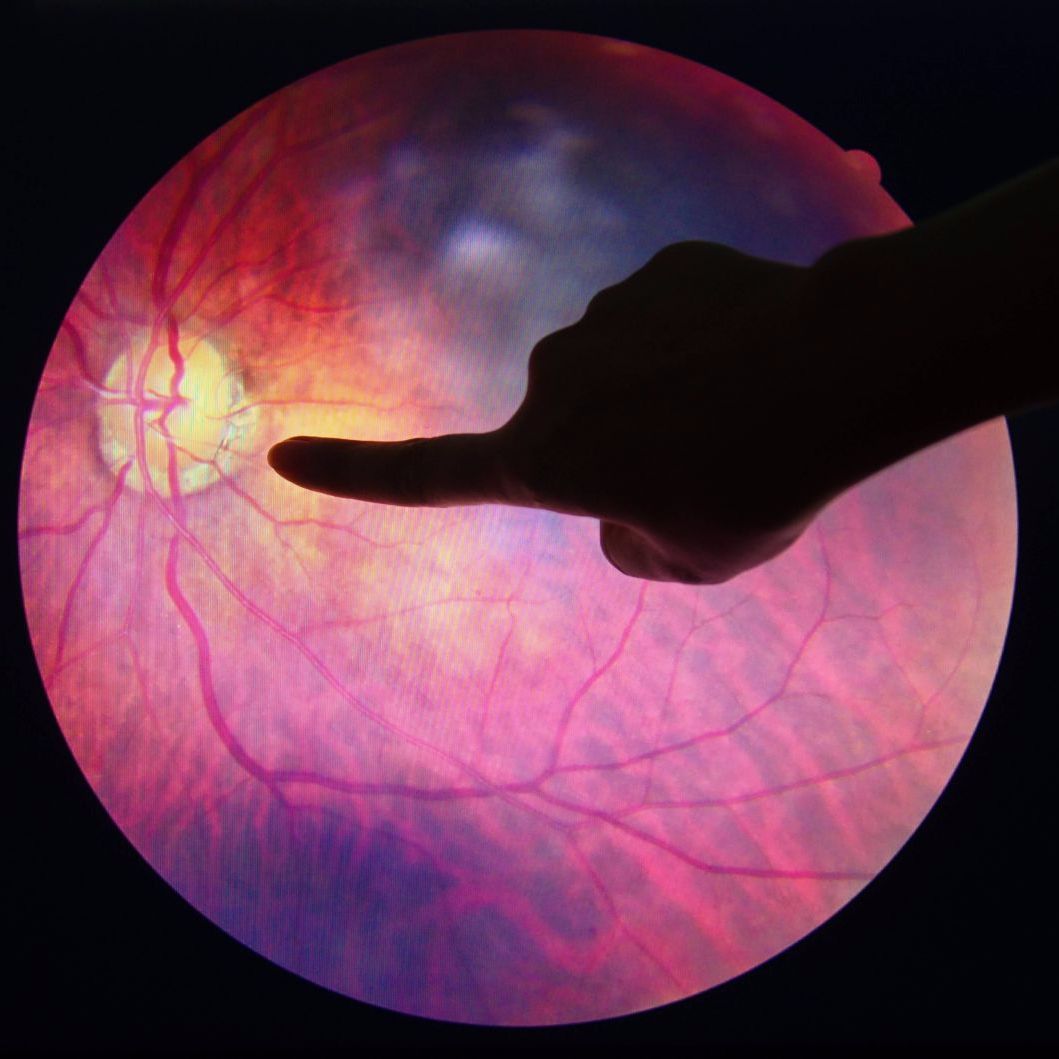Article
Treating Neovascular AMD with Aflibercept Injections
Author(s):
Study finds that patients who received as-needed injections saw a significant anatomical and functional improvement.

A recent study found that aflibercept therapy can be a safe and effective therapy for naïve neovascular age-related macular degenation (AMD).
Investigators found that patients who received as-needed injections saw a significant anatomical and functional improvement after three loading doses.
Investigators from the Istanbul Research and Education Hospital in Turkey retrospectively examined the medical charts of 36 AMD patients, which included 38 eyes, in order to create a treatment algorithm designed to best administer the intravitreal aflibercept injection. To be included, all patients were required to have had no previous neovascular AMD treatment.
Investigators recorded data about the patients’ best corrected visual acuity, slit-lamp examination, dilated fundus examination, applanation tonometry, and a total number of aflibercept injections. They also recorded the optic coherence tomography data, the presence or absence of macular fluid, and central macular thickness.
Injections were administered on an as-needed basis dependent on the treatment algorithm after three monthly loading doses of 2 mg / 0.05 cc. The authors noted that if a complete resolution of intraretinal and subretinal fluid was not reached, injections continued until they obtained a resolution. Once the patients’ eyes reached complete retinal dryness, aflibercept injections were administered using an as-needed algorithm. Patients were also followed up with every 4 weeks.
At the end of the study, 33 eyes showed improvement of one line or more in visual (86.8%), the investigators learned, while 4 eyes (10.5%) achieved maintenance of vision.
Before the initiation of aflibercept therapy, the mean best corrected visual acuity was 0.98 ± 0.56 (0.2—2.4), (39.07 ± 21.43 letters). The last mean best corrected visual acuity increased to 0.57 ± 0.31 (0.1–1.3) (54.94 ± 15.70 letters) with a mean aflibercept injections 4.86 ± 2.76, which the investigators said was statistically significant compared to before the treatments.
By the last follow up, three-quarters of eyes gained one or more lines of visual acuity, the investigators said. The mean visual acuity gain was 15.86 ± 12.18 letters at the end of the study. Four eyes showed no change in visual acuity, and one of those had a decrease in visual acuity.
In addition to this, investigators found that the mean central macular thickness increased of three of those four eyes, but there was no correlation between the total number of aflibercept injections and best corrected visual acuity. Central macular thickness decreased from baseline to final follow up, the investigators said. The mean decrease was 51.9 ± 58.2 μm (157 ± 119).
“Clinical trials showed similar efficacy and safety outcomes of intravitreal aflibercept as monthly ranibizumab,” the study authors wrote. “However, achieving same results in a real world usually may not be possible. A more heterogeneous group of patients and under treatment of AMD due to the difficulties to follow optimal treatment regimens could cause different results of studies designed in a real world.”
The paper, titled “The Results of Aflibercept Therapy as a First Line Treatment of Age-Related Macular Degeneration,” was published in the Journal of Current Ophthalmology.





